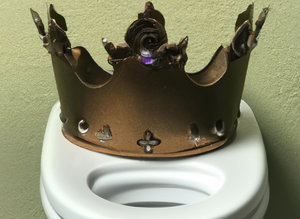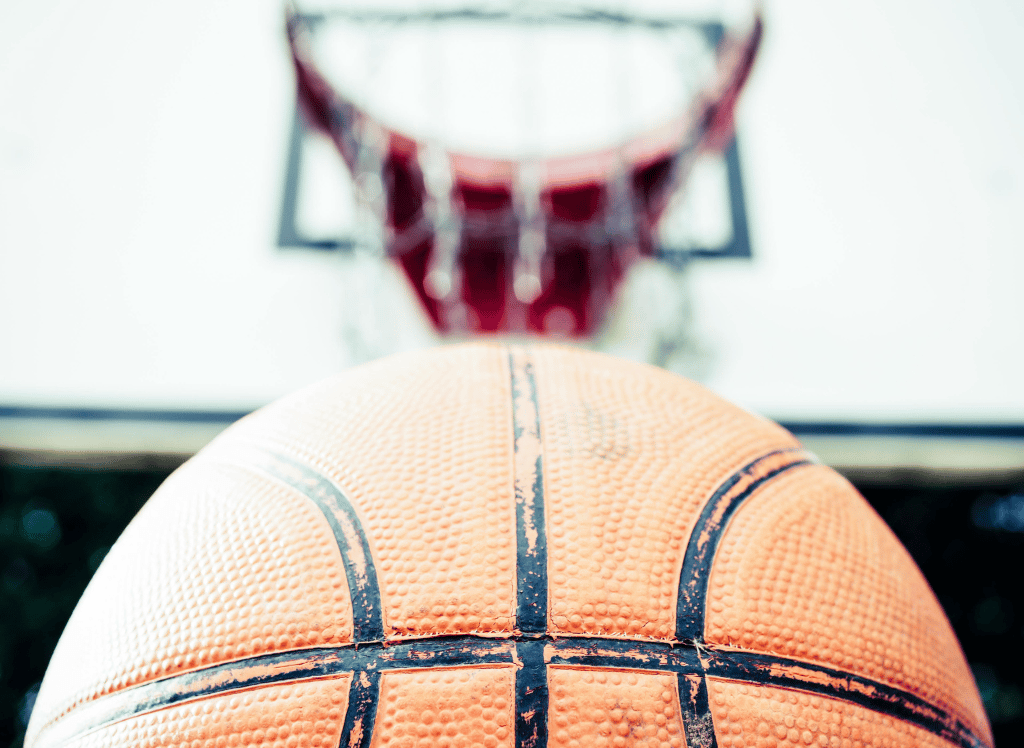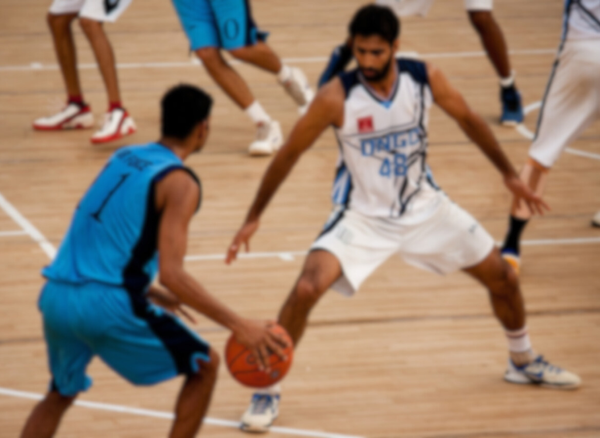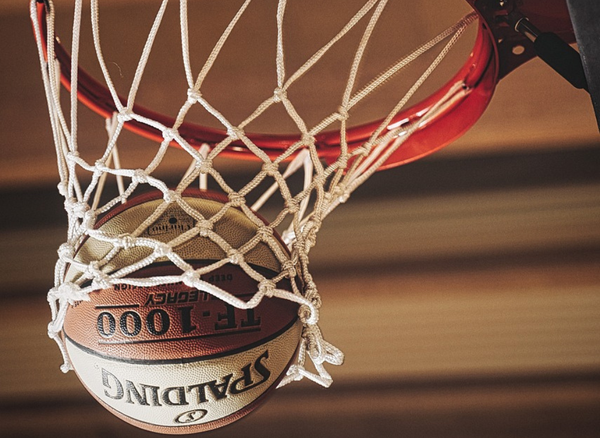Basketball is not just a game of physical prowess; it's also a mental chess match where the best deceivers often come out on top. Faking, or the art of trickery on the court, is a skill that separates the good players from the great ones.
Let's dive into the world of fake moves in basketball, where a well-executed fake can leave defenders grasping at air, ankles breaking, and fans chuckling at the sheer audacity.
The Pump Fake
When it comes to faking in basketball, the pump fake is the bread and butter of many players' offensive arsenal. It's a simple yet effective move where a player starts the shooting motion, only to stop abruptly, hoping the defender jumps into the air. This move is all about timing and acting; you've got to sell that shot as if you're a Hollywood star on the verge of an Oscar. When done right, the pump fake can leave the defender looking like they're trying to catch a fly – all flailing arms and confused expressions.
But it's not just about flapping your arms around. A good fake requires the player to stay on their toes, knees bent, ready to explode in the opposite direction. It's like being a coiled spring, ready to release at just the right moment. And when the defender jumps, that's your cue to either take a normal shot or drive past them for an even better scoring opportunity.
Fake Pass
The fake pass is another classic move that can make the defensive player's head spin. Imagine you're holding the ball, and with a swift motion, you pretend to throw an overhead pass to your teammate on the opposite side. The defenders, eager to intercept, shift their focus and momentum in that direction. But surprise! It was all a ruse, and you quickly pass the ball to a now-open player on the other side of the court.
This move is all about the ball handler's ability to be a convincing actor. You've got to make that fake pass look as real as the genuine article. It's like being a magician – the audience knows there's a trick, but they can't help but be fooled anyway. And when you pull it off, not only do you create space for your team, but you also get to see the bewildered faces of your opponents, which is always a bonus.
Head Fake
The head fake is a subtle yet effective tool in the faker's toolbox. It's a quick nod or turn of the head in one direction, suggesting that's where the ball is going. But in reality, the ball handler moves in the opposite direction. This move is all about finesse and can be particularly devastating when used in the low post by a crafty big man.
To execute a convincing head fake, the offensive player must have impeccable balance and control. It's like being a dancer – every movement is calculated and deliberate. The goal is to catch the defender off-guard, giving the offensive player just enough time to make their next move. And when the defender bites, it's like watching a puppet master at work, pulling the strings as the defender dances to their tune.
Jab Step
The jab step is a fundamental move where the offensive player uses a quick, stabbing motion with one foot to fake going in one direction. By doing this, they force the defender to react, creating an opportunity to drive, shoot, or pass. It's a move that says, "Hey, look at my left foot! Just kidding, I'm going right."
A successful jab step is all about the sell. The offensive player must make the defender believe that they're about to take off like a rocket in the direction of the jab. It's a game of chicken, and the first one to flinch loses. When the defender takes the bait, the offensive player can use the space created to their advantage, whether it's to take a shot or to pass to a teammate cutting to the hoop.
The Triple Threat Position
The triple threat position is the starting point for many fakes. From this stance, with knees bent and the ball held firmly, the offensive player can shoot, pass, or dribble, keeping the defender guessing. It's like being at a crossroads with a map to treasure – the possibilities are endless, and the defender has no clue which path you'll take.
In this position, the offensive player has the upper hand. They can use a variety of fakes to throw the defender off balance. Whether it's a shot fake, a pass fake, or a ball fake, the key is to remain unpredictable. It's like being a master of disguise – just when the defender thinks they've figured you out, you change your mask and leave them second-guessing.
Zone Defenses
Faking isn't just for the individual; it's also a team effort, especially against zone defenses. Here, the offensive team works together, using ball fakes and pass fakes to shift the defense and create openings. It's like a group of con artists pulling off a heist – everyone has a role, and when executed perfectly, the defense doesn't stand a chance.
In these scenarios, communication and timing are key. The offensive players must be in sync, using fakes to manipulate the defense and open up lanes for dribble penetration or quick passes to the low post player. It's a ballet of deception, with each player's movement contributing to the overall illusion.
The Psychology of Faking
Faking is as much a mental game as it is a physical one. It's about understanding your opponent's tendencies and exploiting them. By using fakes, you're essentially playing mind games, making the defender doubt their next move. It's like being a chess grandmaster, always thinking several moves ahead.
The best fakers are those who can anticipate the defender's reaction and use it against them. They know that by giving the defender time to think, they've already won half the battle. It's about staying one step ahead, keeping the defender on their toes, and never letting them get comfortable. When you can control the mental aspect of the game, the court becomes your playground.
Basketball Fake Moves FAQ Section
How can I improve my faking skills in basketball?
Practice is key. Work on your body mechanics, such as staying low and keeping your knees bent. Also, watch and learn from players who are adept at faking, and incorporate their moves into your game. Finally, play against live defenders to test and refine your faking techniques.
Can faking be used in all areas of the basketball court?
Absolutely! Faking can be effective anywhere on the court, whether you're on the perimeter facing up a defender or in the post trying to outmaneuver a bigger opponent. The key is to understand the context and choose the right fake for the situation.
Is faking in basketball considered unsportsmanlike?
Not at all. Faking is a legitimate and respected part of the game. It's a skill that requires practice and intelligence, and when executed well, it's appreciated by coaches, players, and fans alike. Just remember, the goal is to outsmart your opponent, not to show them up.
Summary
Faking in basketball is an essential skill that combines physical agility with mental sharpness. From the pump fake to the jab step, mastering the art of deception can give players a significant advantage on the court. It's about selling the fake with every fiber of your being, staying unpredictable, and enjoying the moment when the defender falls for your ruse. Remember, in basketball, sometimes the best play is the one that never happened.









